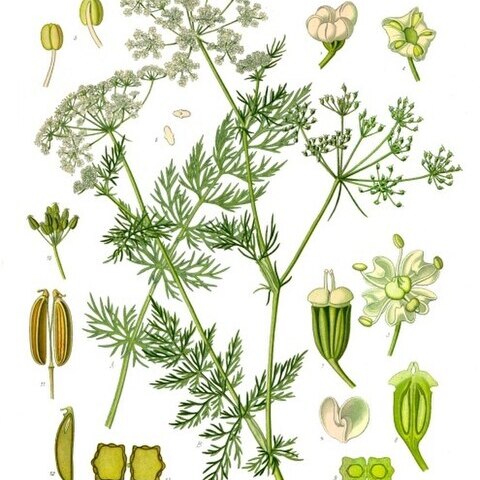Fr oblong to elliptic, flattened laterally, glabrous, the ribs narrow but prominent; oil-tubes solitary in the intervals, 2 on the commissure; carpophore bifid to the base; umbels compound, terminal and lateral, pedunculate; bracts few and subulate, or none; rays several to many; bractlets few and minute, or none; umbellets small, with very unequal pedicels; sep none; pet white (pink); stylopodium low-conic; taprooted biennials or perennials, the lvs pinnately dissected into linear or filiform segments. 30, widespread.

